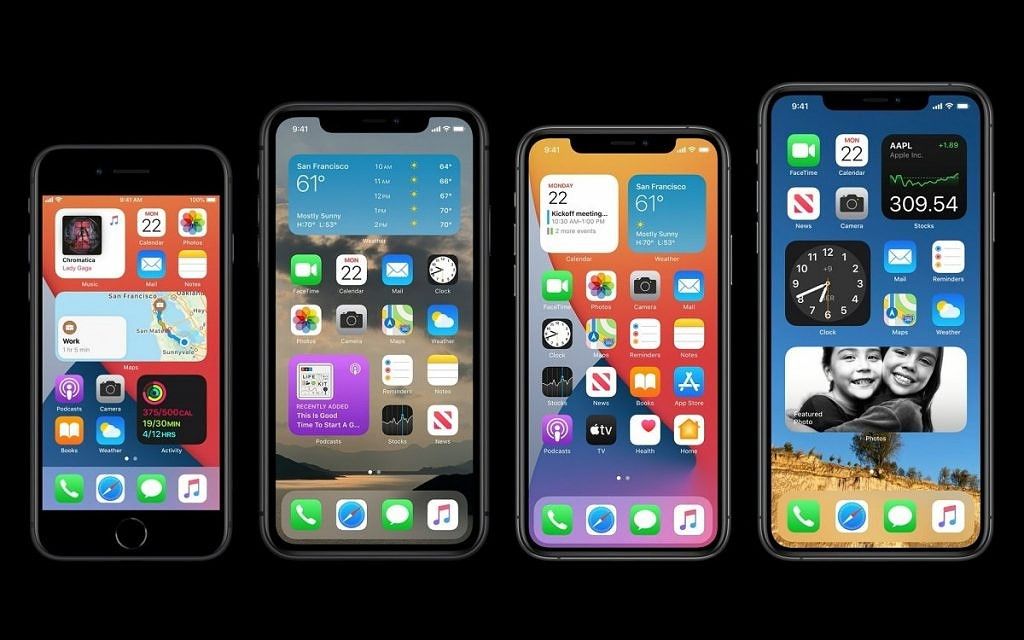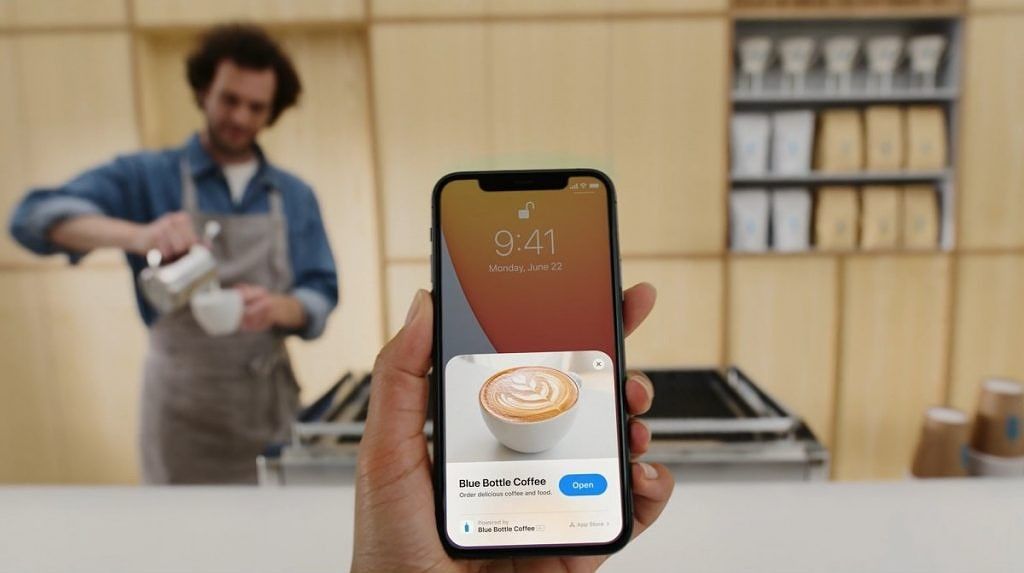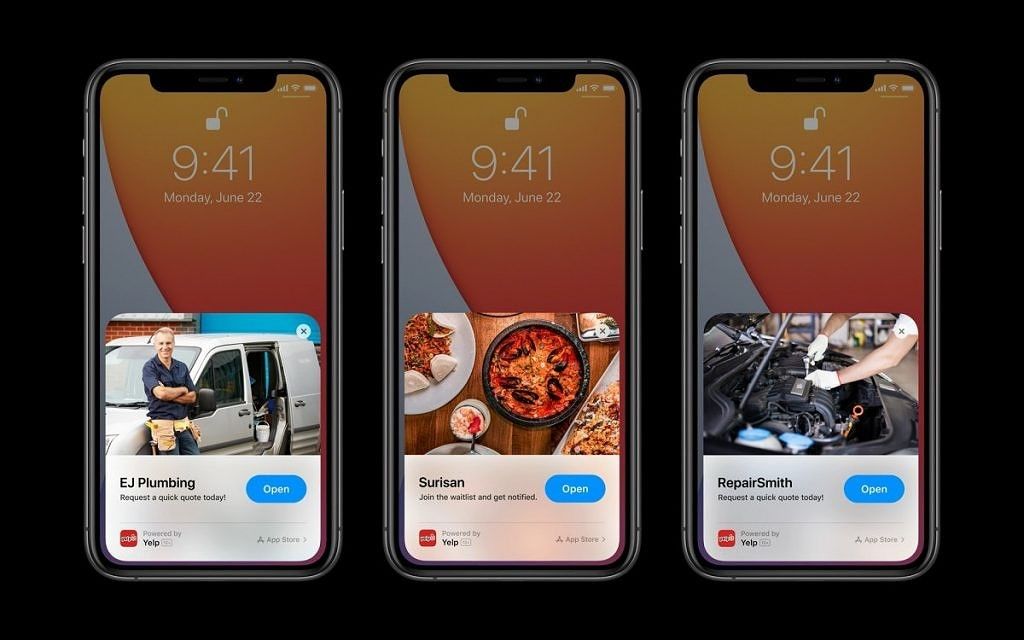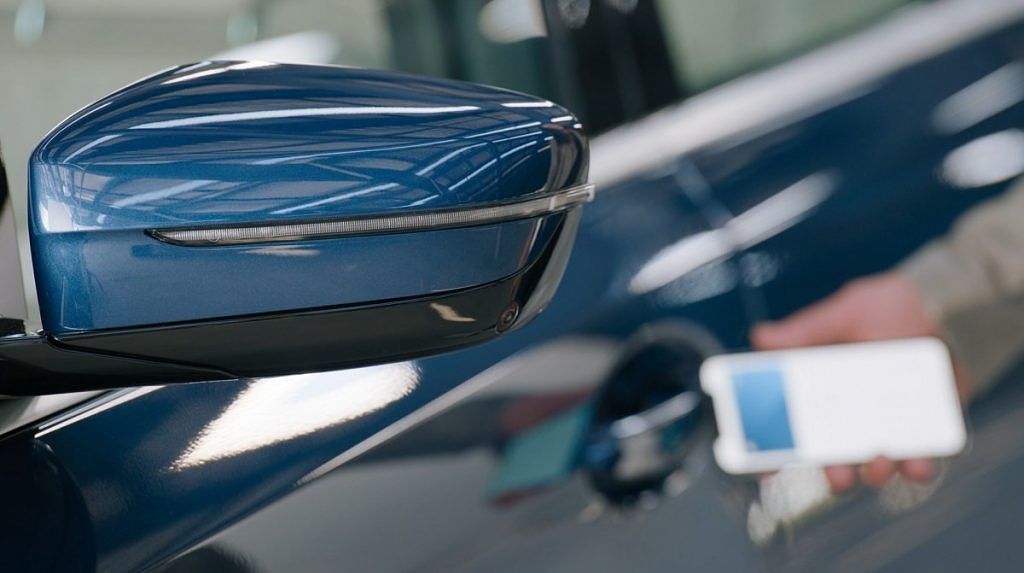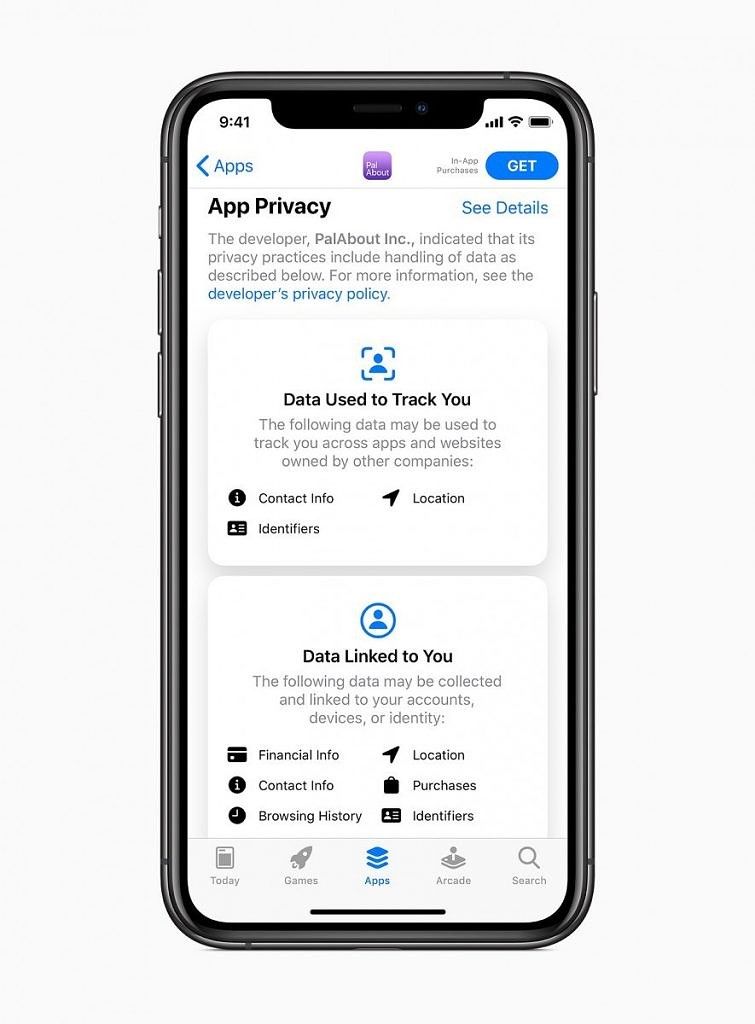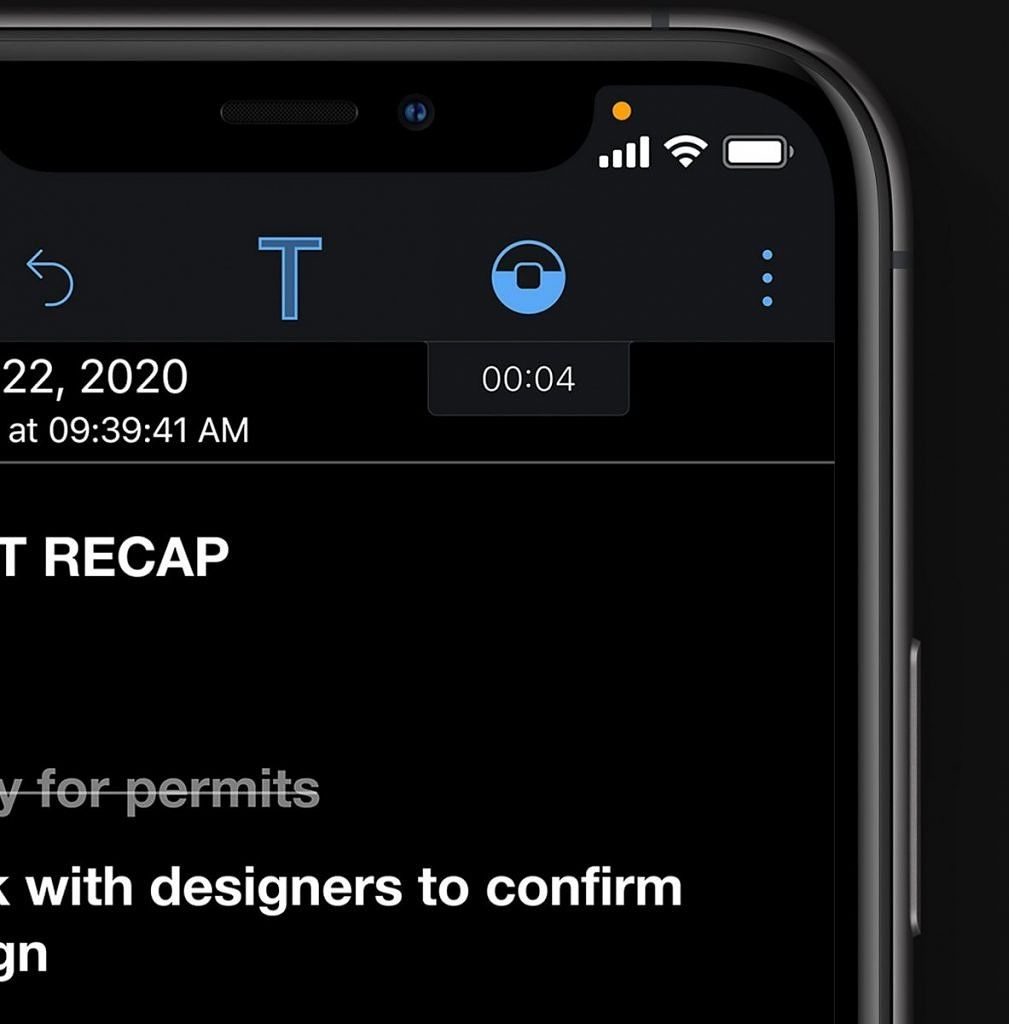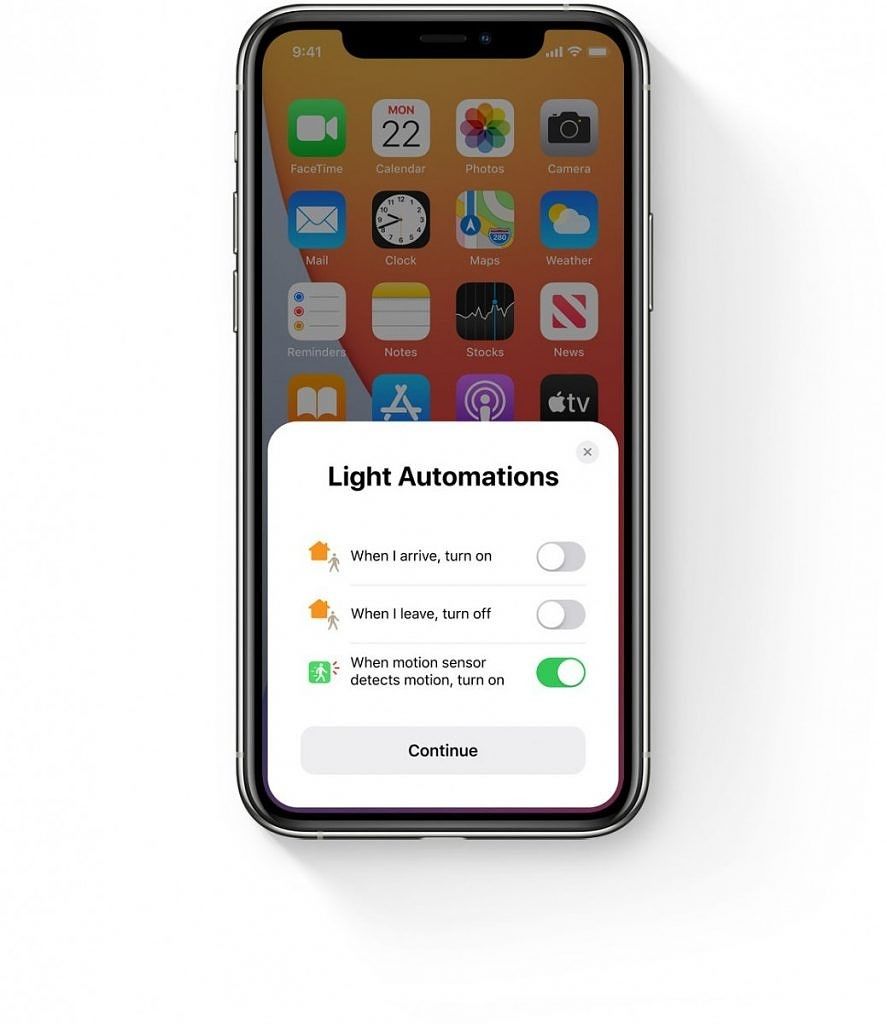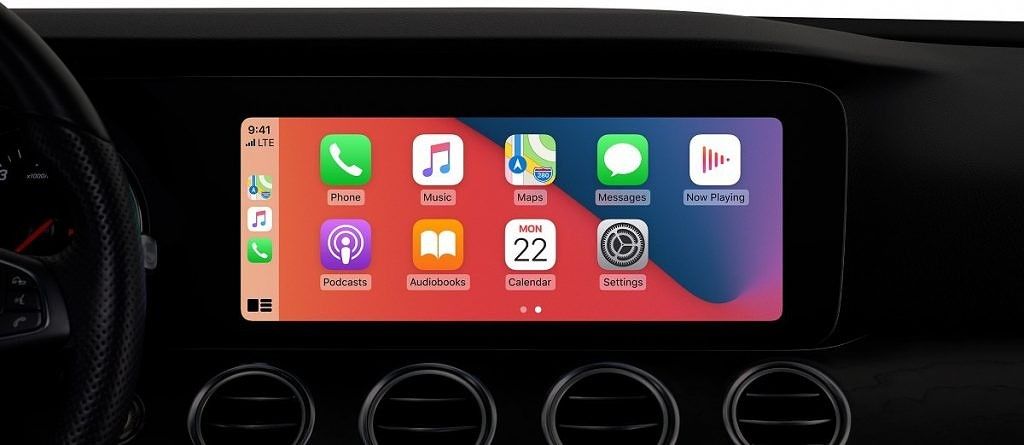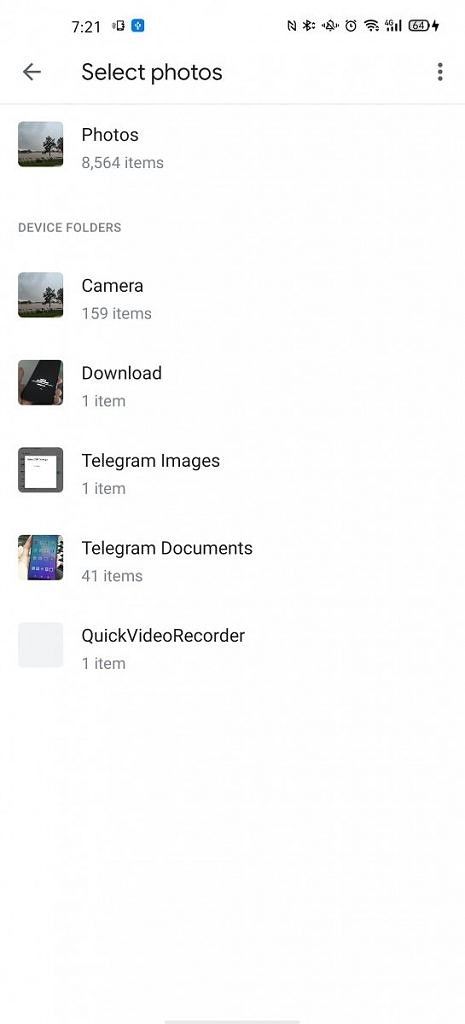Apple just wrapped up WWDC 2020 in an online-only reveal, showing off some of the upcoming changes to Apple's ecosystem. The announcement centers around developers and the forthcoming software features they can take advantage of in Apple's product ecosystem, and it sets the center stage for the next iOS release: iOS 14. iOS 14 brings a lot of firsts for Apple, but it wouldn't be incorrect to recognize that several of these features already do exist on Android in some form.
But just because Apple is incorporating sensible features into its own OS doesn't mean Android is the superior OS, and it certainly does not denote Android's perfection in any way. There's plenty of room for improvement on Android, especially when it comes to polish and actually incorporating a neat and friction-less idea beyond the initial feature drop. Both the software ecosystems can learn from each other, and then add their own characteristic touches on top to make the feature unique for itself.
In the spirit of constant improvement, here are some of the top iOS 14 features that Google should consider incorporating into Android 12, the next version of Android.
Better Widgets
Now, before you jump on us, Android does have widgets since Android Cupcake, which was launched over a decade ago. But as Joe mentions in his piece, the problem with Android's widget implementation is the fact that they have largely been forgotten in recent years. The Android "App Widgets Overview" page is a relic of the past, with several widgets pictured that no longer exist. Even the screenshots are from the Nexus 5!
The overall current theme of widgets on Android is that they exist, and you can do things with them if you want to....and that's about it. There has been no real or persistent effort from Google to drive up their adoption or utility, leaving their efficiency largely in the hands of power users who can take the effort of making powerful, custom widgets for themselves. The approach makes sense for Android as an open ecosystem, but it misses the mark for Android as a consumer-focused OS.
What Apple showcased with its widget implementation is how a consumer-focused OS should tackle widgets. iOS 14 projects widgets as mediums of information rather than an after-thought of utility. Apple's touch comes in the form of "widget stacks," which can hold multiple widgets in the same space with a swipe-able area. The "Smart Stack" widget brings intelligence to widget stacks by surfacing information that would be relevant to the user at that moment. Apple's adherence to uniformity can be considered "boring", but it makes interactions and functionalities predictable for the end-user, and it makes features such as widget stacks possible.
Apple's iOS 14 finally has widgets, and they might be better than Android's
Google's At A Glance widget tries to do some of this smart information surfacing. But we do need an OS-wide rethink of what Android widgets are, what they can do, and an incentive for both developers and users to adopt them. Apple's widgets aren't open for user interaction, so there is good potential for Android's widgets to capitalize on their advantages.
App Clips
App Clips is Apple's implementation of Google's Instant Apps that were introduced back in 2016, so it's again one of those features that Apple isn't the first one to introduce. App Clips from Apple are smaller versions of iOS apps, under 10MB in size, that are transient on the phone (i.e., not fully installed).
What is unique about Apple's implementation is in the discovery of the feature, an aspect that really sells it to businesses. App Clips can be launched by scanning a QR code, or by scanning an NFC tag. This would allow physical locations like restaurants or stores to onboard users onto their apps very quickly. Apple is also integrating App Clips into Apple Maps, so these instant apps can be launched by clicking a button present directly within the listing of the place. As Mishaal gives an example, interactions with a new delivery restaurant would preferably be done through an App Clip instead of a complete app, as there is a decent probability that the user may not interact with this particular again.
In comparison, Google's Instant Apps have not taken off. Google did make changes to their discovery, like allowing users to experience an app within the Play Store before installing it through the Play Store. Game demos have also had their size limit revised to 10MB. But still, Apple's discovery features may be the key to increased adoption of Instant Apps -- with QR code and NFC-based discovery, the focus shifts from the online world to the physical world, removing the friction of "installing yet another app" for a momentary, non-permanent experience. Maybe Google can also explore how it can bridge the gap between offline and online experiences with Instant Apps.
Using your Smartphone as a Car Key
Apple's WWDC reveal showcased a feature that allows your Apple smartphone to be used as a car key. The website does not mention a whole lot of details, but it is a culmination of the functions within Apple CarPlay as well as iOS 13+. The basic idea with the feature is that you can unlock and start your car with your iPhone acting as a substitute for the physical car key.
The car keys are stored within the Apple Wallet. The feature also makes it easy to share keys with other people virtually, along with features like temporary shares and access revocation. Apple also claims that the iPhone can work as a car key for up to five hours even after the battery runs out, but details remain sparse on how this would actually happen.
Again, some Android phones like the Huawei Mate 30 already support being used as a car key. But, it would also be great if Google could add a secure, native implementation of the feature onto Android as a platform. The digital key data could be stored on secure hardware chips that are already found on many flagship Android smartphones. Android is already working towards enabling mobile driver's licenses, so going one step further and having your phone replace the car key is not entirely out of the realms of possibility.
Summary of app privacy practices on the App Store
While this is not strictly a feature of iOS 14, one of the changes that Apple announced at WWDC is how apps can showcase an overview of their privacy practices. Developers will now have an opportunity to detail their app's privacy practices right in the Apple App Store. This will make it easy for interested users to review these practices, see the types of data that the app might collect, be apprised of whether the data is shared with third parties, and subsequently have the option for users to opt-out.
This is an area that Google can follow Apple. Google should take note of what Apple is doing in this space, and consequently mandate that apps on the Play Store summarize their privacy practices. Google already mandates that all apps on the Play Store link to a privacy policy, but very few people bother clicking on those, leave alone read a giant wall of text. A shorter summary within the Google Play Store would undoubtedly be helpful in this regard.
Privacy indicator for microphone or camera
With iOS 14, users are notified with an icon near the top of the screen if an app is actively using the camera or the microphone.
Android, on the other hand, has blocked background apps from accessing the camera or from accessing the microphone since Android 9 Pie. But, there is no indication when these two functions are being used by an app that is in the foreground service (foreground service includes apps that have a persistent notification as well as apps that are actually in the foreground). Google was testing such an indicator in Android 10, but this indicator never made it to release.
Minor Additions on iOS 14
Some further changes have made their way to iOS 14 that we would like to see on a future release of Android, perhaps on Android 12 itself.
Minimize Picture-in-Picture Windows Offscreen
iOS 14 will let users hide Picture-in-Picture windows by moving them offscreen. This will allow users to listen to the audio while the video continues to run offscreen.
Picture-in-Picture windows in Android can only be moved, and with Android 11, they will get the ability to be resized. But, there is no indication yet that an offscreen playback ability is being added to this feature, so Google taking inspiration from Apple would be a nice upgrade in this area. Keep in mind that apps like YouTube can still block you from entering Picture-in-Picture for certain videos. So this offscreen playback capability on the platform cannot be utilized to get around the background music listening restrictions (though there are other ways to achieve background playback).
Suggested Automation
After adding a new smart accessory, the Apple Home app will suggest ways for it to run automatically.
The Google Home app, and/or Android 11's new Device Controls API could try to do something similar.
Dynamic Home Controls
iOS 14's Control Center can dynamically suggest relevant accessors and scenes based on the time of the day and the frequency of use. This can be a useful addition for the Google Home app and Android 11's Device Controls screen in the power menu.
CarPlay Wallpaper
Apple just introduced wallpaper functionality to CarPlay, letting users set a custom background on their car dashboard.
Android auto does not let you set a custom wallpaper or background unless you have a rooted smartphone. This is a small change, but one that adds a touch of personalization on an otherwise constricted platform, and you really shouldn't have to root your smartphone just to do this.
Apple Photos Smart Search
The image picker within iOS 14 and Apple Photos now lets you search for photos or videos when selecting a file.
On Android, you can embed a photo or video from Google Photos.
But you need to find the exact item you are looking for since there is no option to search for when picking a file to attach. Having the ability to search will add some more utility to the file picker.
Concluding Note
iOS 14 adds a lot of functionality to apps and the Apple ecosystem, and this article isn't meant to be a comprehensive list of all the new additions. Many features that Apple highlighted in the WWDC 2020 stream either already exist in Android, or are coming to Android 11, or have already been added to various Google Apps. Apple's approach to features and functionality is different and usually more polished, thanks to its walled garden ecosystem. But Google can still take inspiration to ensure that Android continues to grow as an equally competitive OS for consumers and developers alike.
What are your thoughts on Apple's WWDC 2020 announcements and iOS 14? What features would you like to see making their way across to Android as a platform? Let us know your thoughts in the comments below!


